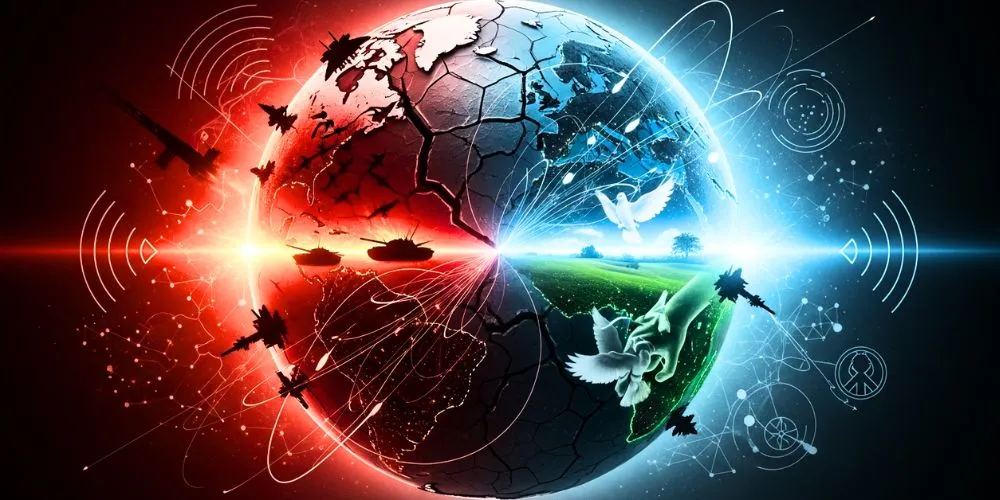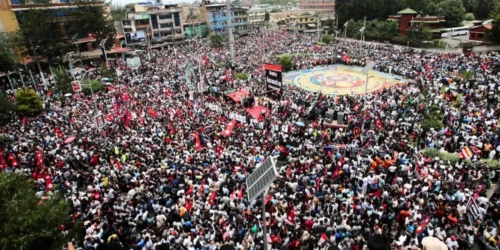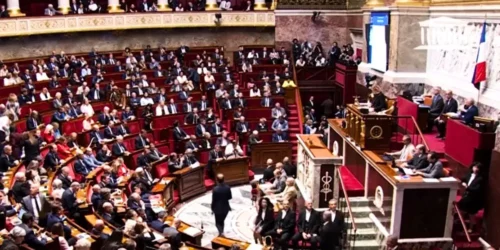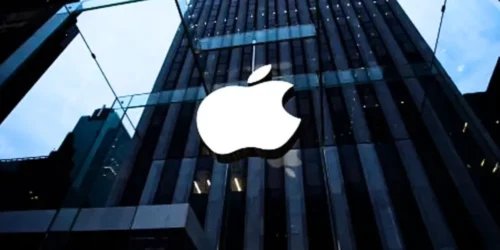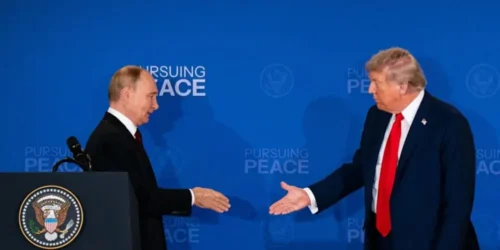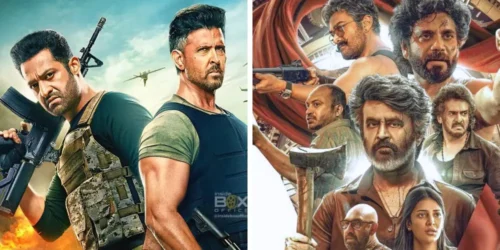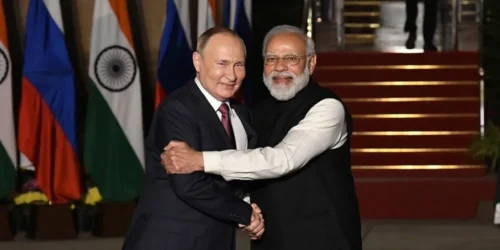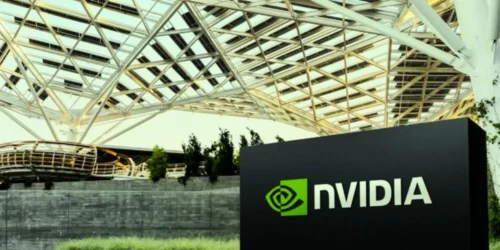The nature of war is changing. The classic image of two uniformed armies clashing on a clearly defined battlefield is becoming an increasingly rare exception. Today’s global conflicts are more complex, intricate, and intractable. They are fought not just with tanks and jets, but with drones, algorithms, and disinformation. A toxic brew of resurgent nationalism, religious extremism, resource scarcity, and the interference of great powers fuels them. From the grinding trench warfare in Ukraine to the simmering proxy conflicts in the Middle East and the brutal civil wars in Africa, we are witnessing a global landscape of fractured peace. This analysis examines the anatomy of modern conflict, exploring its new characteristics, the key drivers of instability, and the immense challenges of peacemaking in a complex and chaotic world.
The Evolving Character of Modern Warfare
Warfare has evolved, shifting away from conventional state-on-state confrontations toward more complex and protracted forms of conflict that blur the lines between war and peace.
The Rise of Asymmetric and Hybrid Warfare
Modern conflicts are rarely a fair fight. Weaker state or non-state actors often resort to asymmetric tactics to counter a technologically superior adversary. This includes terrorism, guerrilla warfare, and the use of improvised explosive devices (IEDs). This is often combined with hybrid warfare, which blends conventional military action with unconventional methods, such as cyberattacks on critical infrastructure, sophisticated propaganda campaigns to sow confusion, and the use of political and economic pressure. The goal is to destabilize and paralyze an enemy without resorting to a traditional battlefield defeat.
The Proliferation of Non-State Actors
Many of today’s most violent conflicts are not between nations but involve powerful non-state actors. These range from transnational terrorist organizations like ISIS and Al-Qaeda to well-armed militias, criminal cartels, and private military companies (PMCs) like the Wagner Group. These groups often operate across borders, carving out their fiefdoms and challenging the state’s monopoly on the use of force. They are funded by illicit activities like smuggling, extortion, and kidnapping, making them resilient and difficult to defeat through purely military means.
The Remote-Controlled Battlefield
Technology has fundamentally altered the experience and ethics of combat. The proliferation of armed drones allows states to project lethal force from thousands of miles away, reducing the risk to their soldiers but creating complex moral and legal questions about civilian casualties and due process. The use of precision-guided munitions and satellite surveillance has made the battlefield more transparent and lethal. At the same time, the looming prospect of autonomous weapons systems (“killer robots”) raises terrifying questions about removing human judgment from the decision to kill.
The Accelerants of Global Instability
Several powerful global trends are acting like fuel on a fire, increasing the frequency and intensity of conflicts worldwide. These drivers are interconnected, creating a vicious cycle of instability.
Great Power Competition as a Conflict Multiplier
The resurgence of great power competition among the United States, China, and Russia has transformed many regional disputes into perilous proxy battlegrounds. Instead of working together to resolve conflicts, these powers often back opposing sides, providing weapons, funding, and diplomatic cover. This prolongs wars, makes peace negotiations nearly impossible, and raises the terrifying risk of a local conflict escalating into a confrontation between nuclear-armed states. The war in Syria is a tragic textbook example of this dynamic.
Climate Change: The Threat Multiplier
The Pentagon has long called climate change a “threat multiplier,” and its effects are now being felt. Prolonged droughts, driven by climate change, can devastate agricultural communities, leading to food insecurity, mass migration, and increased competition over scarce resources such as water and grazing land. These pressures can exacerbate existing ethnic or political tensions, creating fertile ground for extremist groups to recruit followers and for civil conflict to erupt. The Lake Chad basin and the Sahel region in Africa are stark examples of this climate-conflict nexus.
The Poison of Identity Politics and Extremism
In an age of global uncertainty, many people are retreating into the perceived certainties of religious, ethnic, or national identity. Demagogues and extremists exploit these identities, weaving narratives of historical grievance and existential threat to mobilize followers and demonize an “other.” This toxic identity politics can transform political disputes into zero-sum conflicts where compromise is seen as betrayal. From religious sectarianism in the Middle East to ethno-nationalism in the Balkans and beyond, this trend is a powerful driver of violence and even genocide.
The Human Price of Perpetual Conflict
The abstract language of geopolitics and military strategy often obscures the staggering human cost of modern warfare. The primary victims of today’s conflicts are not soldiers, but civilians.
The Global Displacement Crisis
Modern conflicts have created the worst refugee crisis since World War II. Millions have been forced to flee their homes due to violence, persecution, and the collapse of their societies. These internally displaced persons (IDPs) and refugees face immense hardship, living in sprawling, under-resourced camps where they are vulnerable to disease, exploitation, and further violence. This mass displacement places enormous strain on neighboring countries and has become a major source of political tension in Europe and North America.
The Weaponization of Humanitarian Aid
In many conflicts, humanitarian aid itself has become a weapon of war. Belligerents often block the delivery of food and medicine to civilian populations in enemy-held territory, using starvation as a deliberate tactic. Aid workers are increasingly targeted, attacked, and killed, making it incredibly difficult for international organizations to reach those most in need. This blatant disregard for international humanitarian law represents a profound moral backsliding in the conduct of war.
The Long Shadow of Trauma
The invisible wounds of war are often the most enduring. Entire generations are growing up surrounded by violence, suffering from profound psychological trauma that will affect them for the rest of their lives. This collective trauma can fuel cycles of revenge and hatred that make lasting peace incredibly difficult to achieve. Rebuilding a society after a conflict is not just about reconstructing buildings; it’s about the much harder work of healing a traumatized population.
The Sisyphean Task of Peacemaking
In this complex conflict landscape, traditional peacemaking efforts often fall short. Mediators and peacekeepers face a dizzying array of challenges that make sustainable peace an elusive goal.
The Difficulty of Mediating with Fragments
How do you negotiate a peace treaty when there isn’t a single government to talk to, but a dozen different militia leaders, each with their agenda? The fragmentation of power in many conflict zones makes traditional diplomacy nearly impossible. Mediators must engage with a bewildering array of actors, many of whom have little interest in peace because they profit from the war economy. Another can instantly veto a peace deal signed with one faction.
The Shortcomings of Peacekeeping
United Nations peacekeeping missions are often deployed into “hot” conflicts with insufficient mandates, inadequate resources, and restrictive rules of engagement. They are frequently tasked with keeping the peace that does not exist. While they can save civilian lives by their presence, they are often unable to prevent mass atrocities or enforce a lasting settlement, leading to criticisms of ineffectiveness and creating a cycle of dependency.
Conclusion
We are not living in an era of peace, but in an age of fractured, persistent, and evolving conflict. The clear lines of the past have dissolved into a murky reality of hybrid warfare, proxy battles, and intractable civil strife, all amplified by great power rivalry and the growing stress of climate change. The human cost of this new reality is measured in millions of displaced lives, shattered communities, and generations scarred by trauma. While the challenge of building peace has never been greater, the moral imperative to try has never been more urgent. It requires a new playbook—one that can address the root causes of instability, hold perpetrators accountable, and patiently rebuild trust in societies torn apart by a new, more complicated kind of war.

